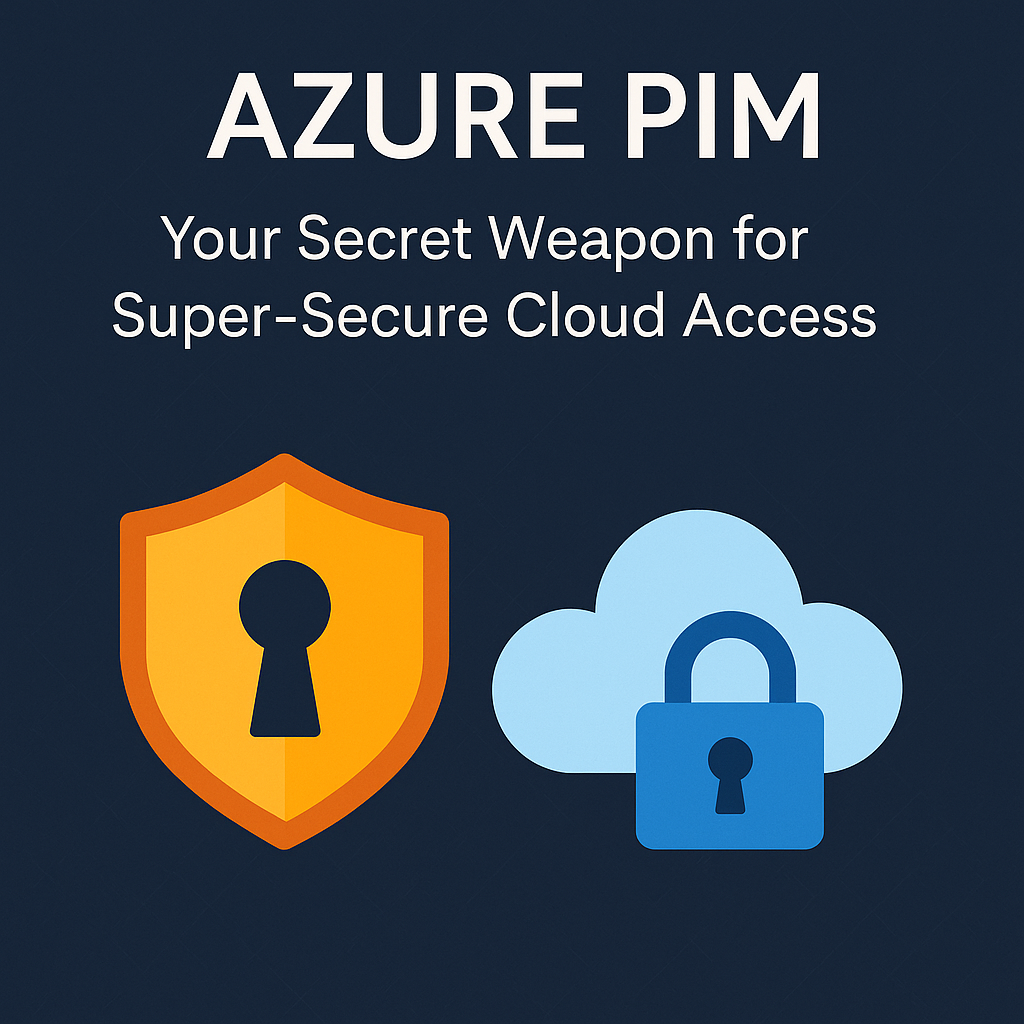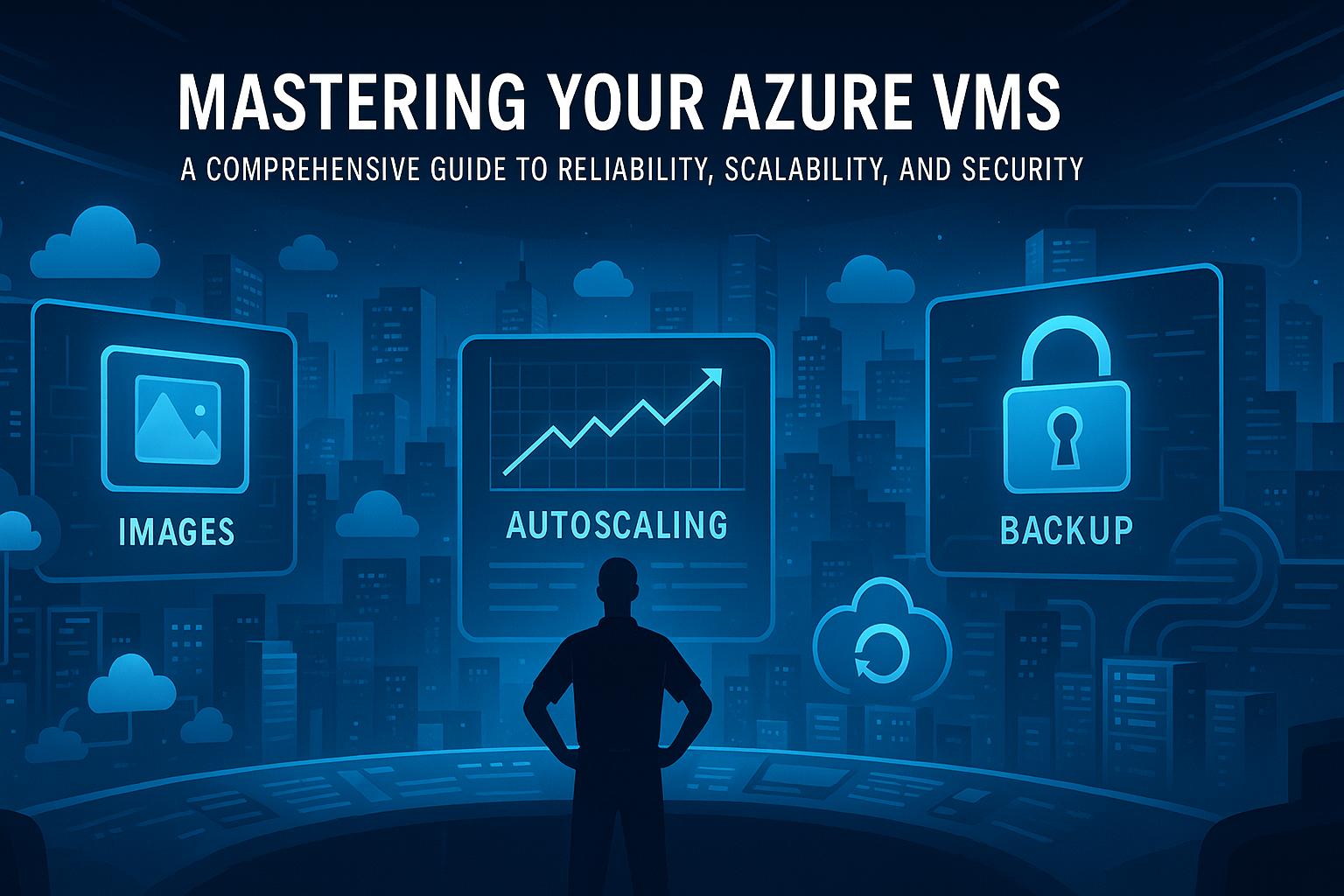How to Monitor EC2 with CloudWatch and Send Alerts to Email & Slack
Keeping track of your AWS resources is critical. You don’t want to find out your server is overloaded from your customers — you want AWS to tell you first! In this post, we’ll set up monitoring for an EC2 instance using CloudWatch, send alerts with SNS, and push them straight into Slack for your team.
By the end, you’ll have a full end-to-end notification system:
CloudWatch → Alarm → SNS → Email + Slack ✅


